Arquà Petrarca Village
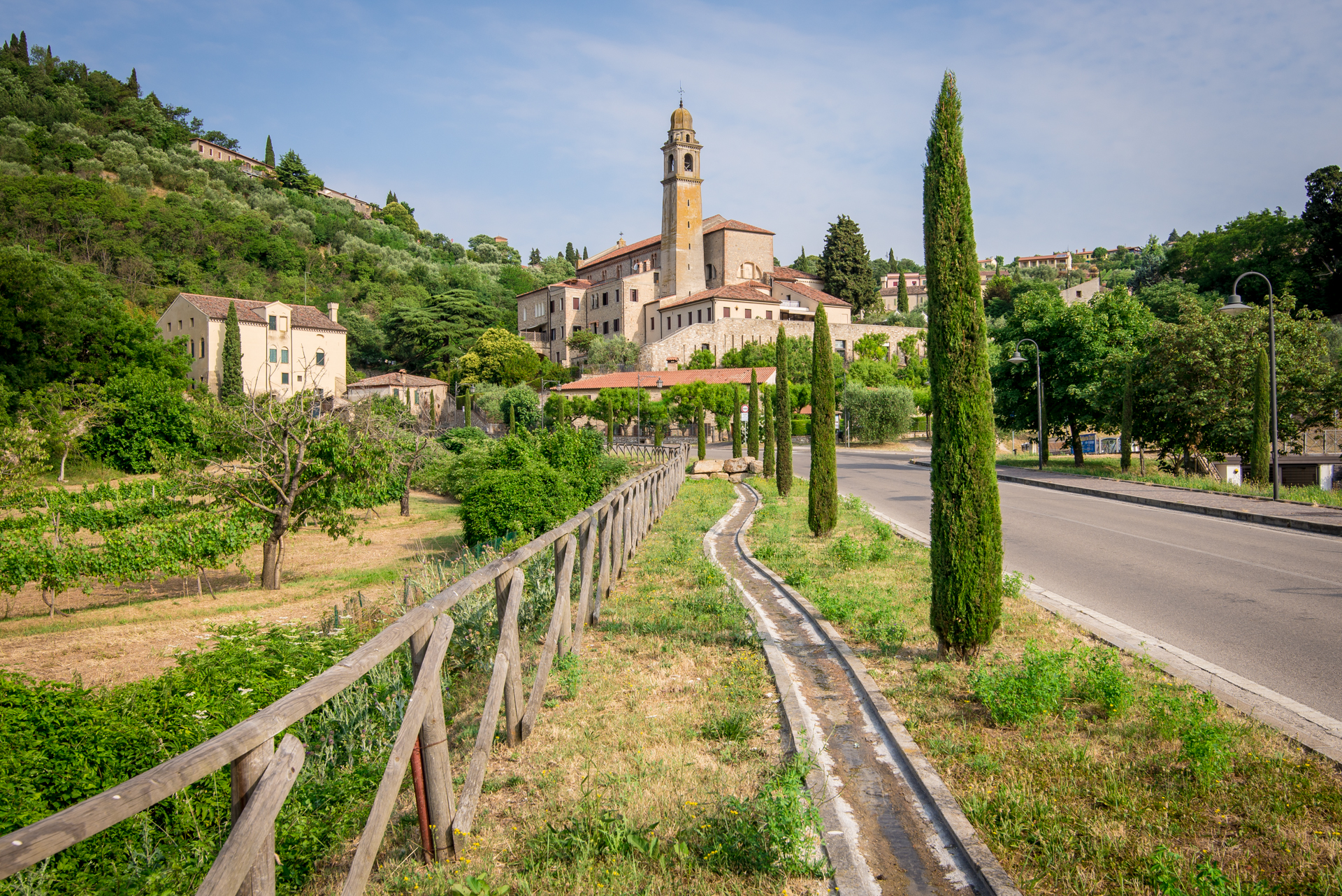
Arquà Petrarca is an Italian town in the province of Padua, in Veneto, is part of the most beautiful villages in Italy and is located at the foot of Monte Piccolo and Monte Ventolone, in the Euganean Hills.
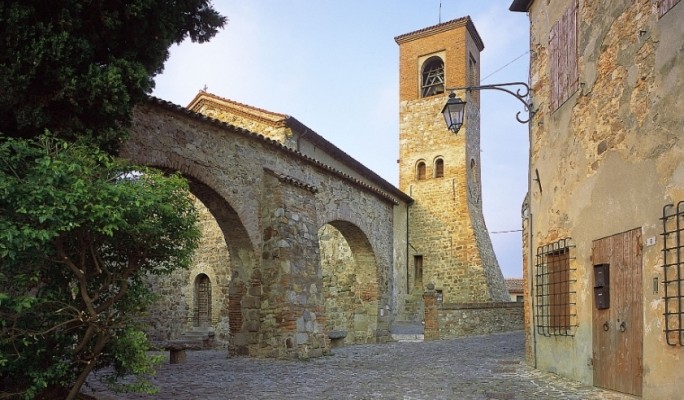
This suggestive medieval village welcomed the writer Petrarch in the last years of his life and today he remembers him in his museum house, in the homonymous square, in the tomb and in the fountain dedicated to the poet.

The town of Arquà has very ancient origins, as evidenced by the findings (of the nineteenth century) of a prehistoric station dating back to the Bronze Age near the Laghetto della Costa, between Arquà and Monselice.

Later it was inhabited by the Eneti, and then, in the Augustan period, it was annexed to the X Regio Venetia et Histria: there are many testimonies of Roman domination, starting from the toponyms (Bignago derives from Bennius, Mercurana from Mercurius) and from archaeological finds such as stones and funerary objects, imperial coins and pipes for draining water.
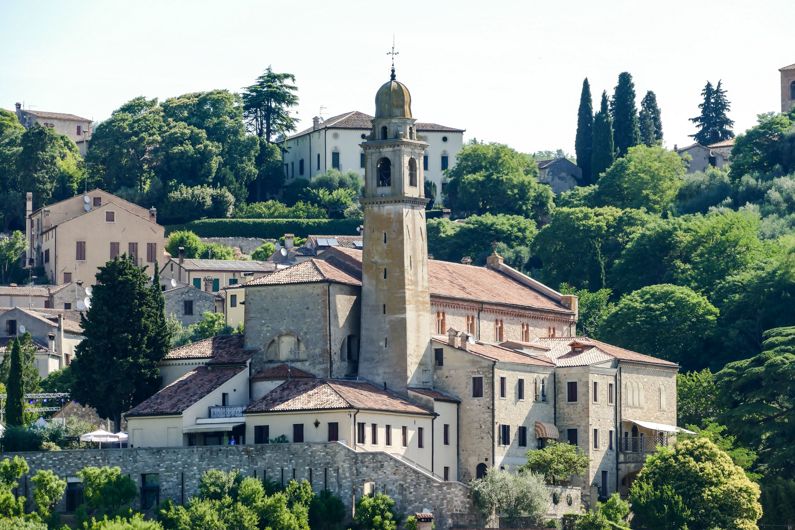
Also not to be missed is the Oratory of the Holy Trinity.
In medieval times a castle (castrum) was built, inhabited by Rodolfo Normanno, as evidenced by a document dated 985 AD. Precisely on the fortified hill, for this reason called Monte Castello, the original village developed, which was divided into two distinct nuclei on various levels and gathered around the churches of S. Maria and the Trinità, still recognizable in the two Borghi di Sopra and below. In the medieval village there are the religious buildings, one devoted to S. Maria and remembered with the important title of parish in 1026, the other of the SS. Trinity and attested in 1181, both with a baptismal font. In 1213 it passed from the Este family to the Municipality, later Signoria, of Padua and was vicar. A century later, in 1322, in the war between Carraresi and Scaligeri, the castle was set on fire and destroyed.

In this period, in 1364, Francesco Petrarca met Arquà, while he was staying in Abano, undergoing the thermal treatments prescribed for scabies. A few years later, in 1369 he obtained land in Arquà, where he decided to settle to spend the last years of his life, which ended in 1374.
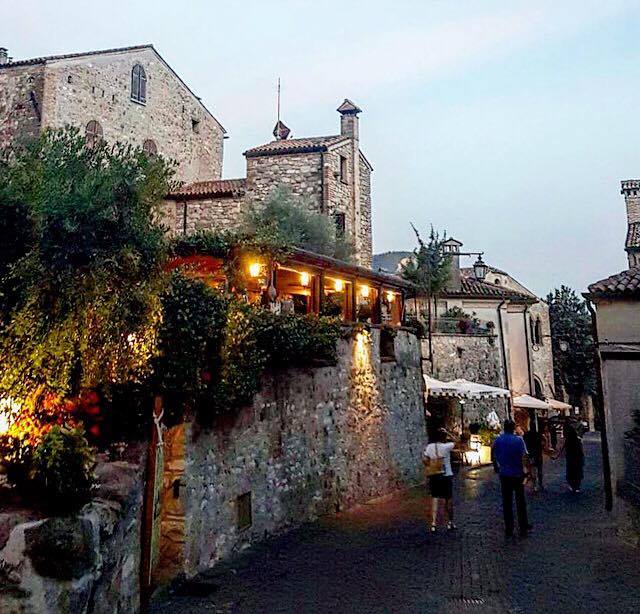
In 1405, the domination of the Republic of Venice took over from the Carrarese dominion and Arquà kept intact the vast vicarial jurisdiction that enclosed numerous other centers of the Euganean area such as Baone, Galzignano, Montegrotto, Abano up to Valbona. In this period the notoriety and the Petrarchan fashion pushed some Paduan and Venetian aristocratic families, such as the Contarini, the Pisani, the Capodivacca and the Zabarella to build sumptuous residences. After the sixteenth century the building growth of the town slowed down a lot, thus preserving its characteristic appearance: even today, in fact, you can admire the noble Gothic residences that surround the square of Arquà Bassa, where the archpriest of S. Maria Assunta dominates.

With the fall of the Venetian Republic in 1797, the town gradually lost importance, however in 1866, after the annexation of the Veneto to Italy, it was elevated to the rank of Municipality and in 1868 it was able to add that of Petrarch to the name of Arquà.
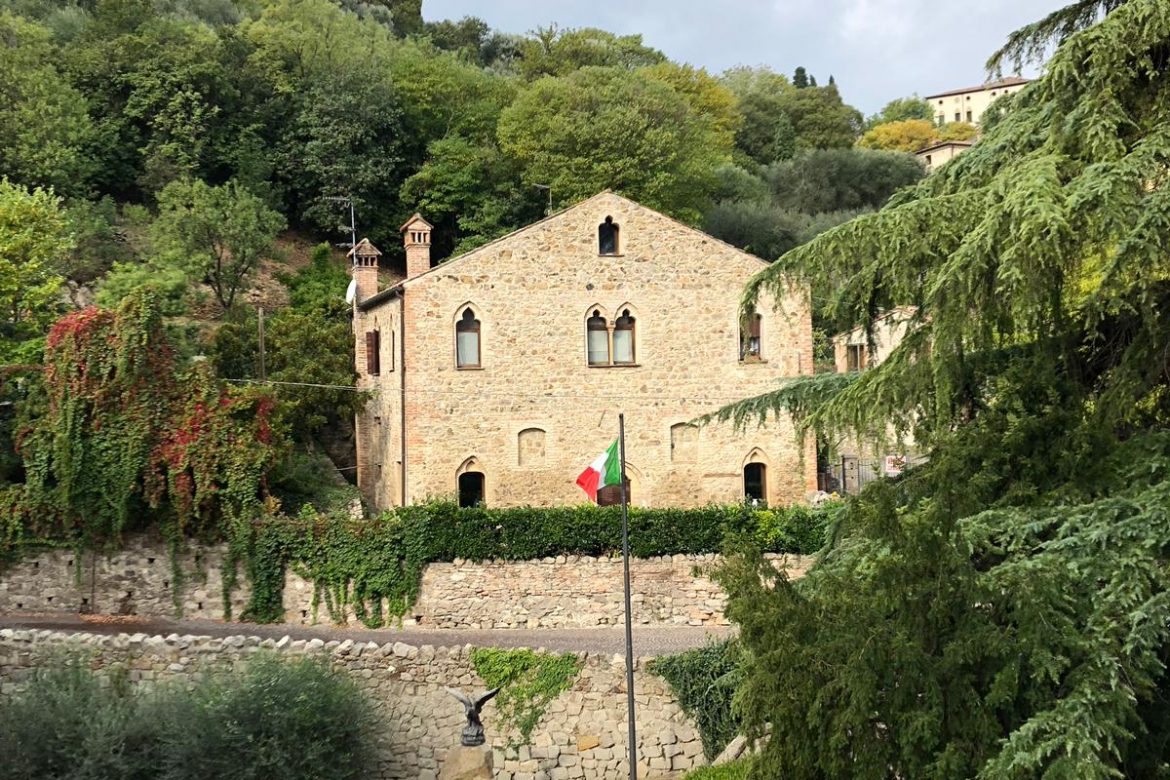
View of Cà Sagredo
Video: Arquà Petrarca Village
Map: Arquà Petrarca Village
Address: Via Castello 6, 35032
Padova (PD) Veneto
Latitude: 45.269978758439365
Longitude: 11.716473698616028
Site: https://www.arquapetrarca.com/...
vCard created by: BBCC
Currently owned by: BBCC
Type: City
Function: Public place
Creation date: 20-02-2020 03:10
Last update: 13/07/2022